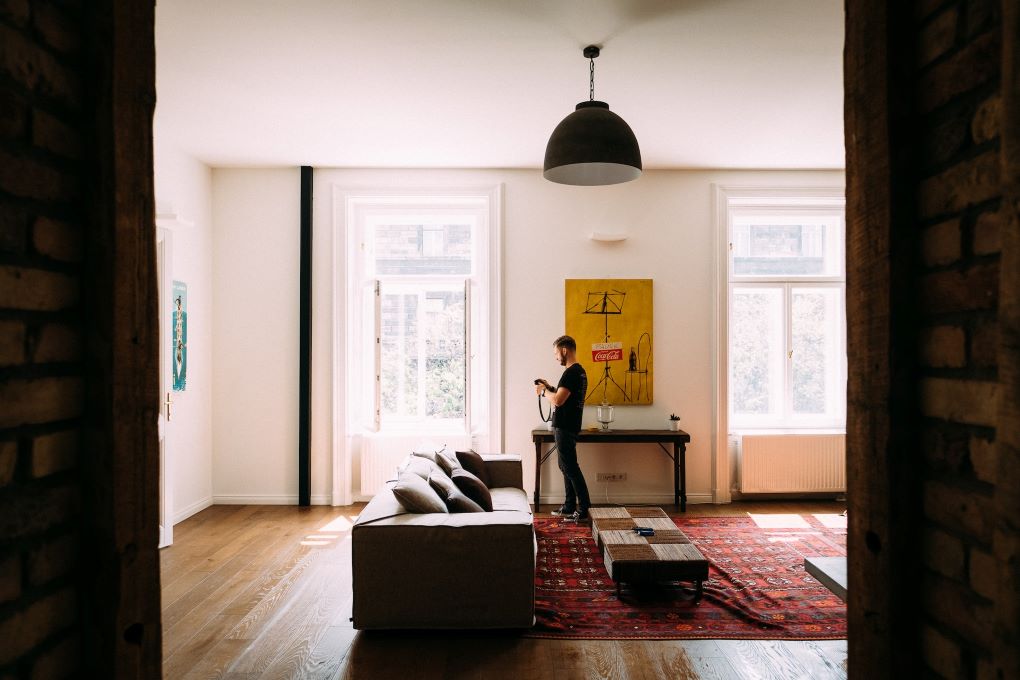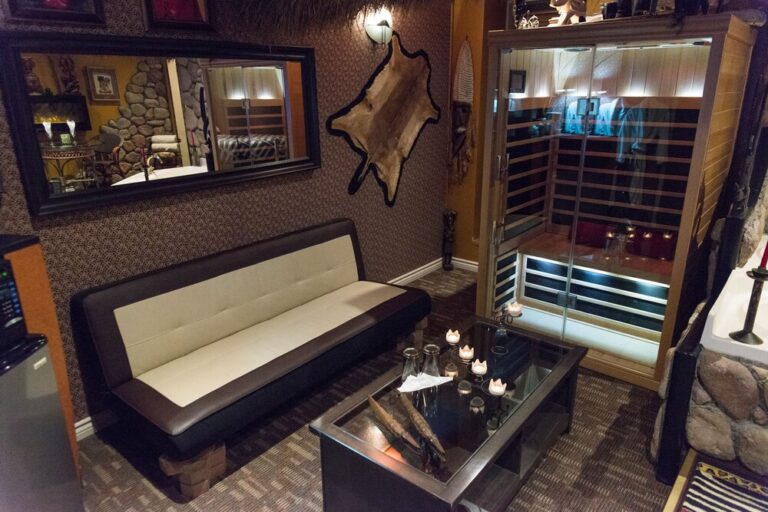Sometimes you’ll get lucky and score a studio apartment on the larger side—but in general, you’re not going to be working with a lot of space. While you’re likely saving plenty on rent, the trade-off is some often dire living conditions. Luckily, living small isn’t impossible if you’re mindful of your restricted square footage and plan accordingly. Here are a few principles to keep in mind when making the move into a studio apartment.
Don’t Waste Any Space
You’ll probably find that fitting all the essential furniture—that being the sofa, tables, and bed—won’t be the biggest challenge as long as you take measurements and assess the space, noting what can safely go where and which corners can be used to full potential. The main issue will undoubtedly be fitting in everything else.
You might not want to sacrifice every piece of clothing, trinket, and hobby-related pieces you own before moving into a studio apartment, so it’s wise to ensure there’s still enough room for storage after all the crucial furniture goes in. Factoring in storage solutions will also prevent your apartment from becoming too cluttered, which may lead to increased stress and a feeling of being “cooped in.”
The key to squeezing storage into small spaces is taking advantage of vertical space and maximizing floor space wherever possible. Products like floating shelves, wall racks, and peg boards give you the means to store books, décor, knickknacks, and kitchen supplies without eating up valuable floor space or counterspace. Also opt for wall-mounted lamps instead of floor lamps. Anything that can be suspended from the ceiling, such as plants or kitchen utensils, should be. To save even more floor space, so that you stand a chance of adding even more useful furniture or just giving yourself space to breathe, choose leggy furniture that you can slide storage baskets underneath.
Give Furniture Multiple Purposes
While we’re on the subject of sneaking storage solutions underneath furniture, it would be a good idea to choose furniture that has the storage built into it. Or better yet, furniture that can do double- or triple-duty.
The bed and couch are going to hog up the most space. There would perhaps be fewer issues with storage if the bed or couch were on the smaller side, but this isn’t always practical. Luckily, there are a number of options where the storage is incorporated into the furniture. For example, beds with drawers underneath instead of empty space, or sofas with cushions that lift up to reveal hidden compartments. Any furniture that can be raised high enough to store other items beneath it, or even other furniture underneath, is going to be your best friend inside the tight confines of a studio apartment. If your ceilings are high enough, consider installing a loft bed and using the free space below for a desk, especially if you work from home and a good desk would be everything to you.
However, if you’re stuck with low ceilings and a tight space, you’ll most likely need some of your furniture to multitask. A small table in a corner can serve as a dining area and an office space at the same time. A lift-top coffee table not only provides additional storage, but can also serve as a dining area and a workspace. A daybed can take on the duties of couch and bed all at once. Same thing for futons and pullout sofas. Ottomans can have extra seating, coffee tables, and storage all at the same time—all while being super portable.
Create the Illusion of Space
Having your bed smackdab in the middle of your living, dining, and kitchen area might take some getting used to—and it’s definitely a stark reminder that you’re living in itty-bitty quarters. That doesn’t mean you can’t trick yourself into thinking you have more rooms and space than you do, though. Using a partition, such as curtains or cube shelves, between the living area of the apartment and the sleeping area will form an unofficial extra room. Cube shelves, of course, also provide the perk of extra storage, often from dual sides.
There are other ways to create the illusion of space too. Certain design choices like vibrant and bright walls, appropriately chosen accent walls, floor-to-ceiling curtains, mirrors, clear and airy furniture, artwork, plants, and all-encompassing rugs (which are also helpful at muffling sound) can visually expand a room—making rooms appear much taller and wider than they are. Keeping clutter out of the way, and being minimalist or choosy about furniture, also has the effect of making a space seem bigger than it is.
Jacob Carmichael | Contributing Writer










